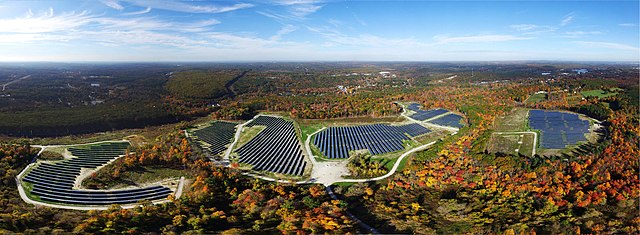Reports show that the IT outage of July 19, 2024 on select computer systems grounded key global supply systems.
From blue screens in teller machines to cargo delay and TV anchors reading news from printouts, the Friday outage brought mayhem.
The problem emanated from a CloudStrike update that stalled 8.5 million computers or 1% of worldwide devices running Windows. CloudStrike, a cybersecurity firm, apologized and said it fixed the issue immediately. All the same, its stocks fell by 12% before actual trading in the stock markets.
The hitch showed that trade integration to IT has become a necessity in many sectors from healthcare to supply and retail.
Supply Systems Reliance on Tech
For one, many supply companies that make consumer goods from raw materials today rely much on IT for shipping, tracking and finance management.
Big production giants also use technology to ensure up-to-date communication between departments and with clientele.
Air Freight and Shipping Suffer IT Outage
But no aspect of business drew more fire from the technical fallout than airfreight. Airlines in the United States, Europe and Asia reported delays or cancellations.
According to a July 19 live page update on the BBC, the event resulted into the grounding of 5,000 flights worldwide.
In the UK, 167 outbound flights including those carrying air cargo were under suspension Friday, while 171 inbound flights also stopped.
Berlin also saw as many as 150 inbound and 550 outbound flights get axed on the 20th following the IT outage. However, the city’s airports were back on schedule early on the 21st, reported the Associated Press.
Shipping also took a minimal hit, primarily because the use of CloudStrike is still in its infancy with maritime shippers. According to Daniel Ng, Chief Executive at CyberOwl, speaking to Splash, the outage was “relatively contained” among shippers. However, he mentioned that crew transportation to ships and shipping companies’ finances were in disarray following the glitch.
Hence, Friday’s IT outage showed just how reliant retail ERP systems, global suppliers and other businesses are on networking. And as the statistics below show, global agricultural supplies are today reaching out to tech through smart agritech.
World Agritech Statistics
Agriculture contributes more than 25% to the national GDP in some of the poorest nations however, according to World Bank. However, the sector could contribute more if it adapted to technology via agritech. Already, agriculture is fast adapting to technology and by 2030 could add $500 billion to the global economy, according McKinsey Research. This could help agriculture improve from some 4% contribution to the global GDP (2018), to at least 7% by 2030. One way the sector is improving is promoting IT connectivity via the smart agriculture niche, whose main aim is to boost production. This way the world could feed itself even when the population increases to 9.7 billion by 2050.
How financially big is the global smart agriculture?
In the 2022-27 period, the market size of smart agriculture could rise from $15 to $33 billion. Nevertheless, smart company funding is even bigger than this market size. By its very nature as a new type of activity that is distinct from mechanized agriculture, smart agriculture depends on startup funding. Funding for such startups reached $53 billion in 2021, three times its size 5 years earlier in 2017. Key funding areas in smart agriculture include drones, which constitute 11% of all global drone use. Drones use Artificial Intelligence (AI) or computerized systems to selectively spray, water and help farmers monitor crops remotely.
Is agriculture low or medium digitized?
According to McKinsey Rsearch, wholesale and retail trade (which constitute agriculture) are medium digitized or less than 15% digitized. However, pure agriculture (excluding trade) is still at the bottom of digitization.
